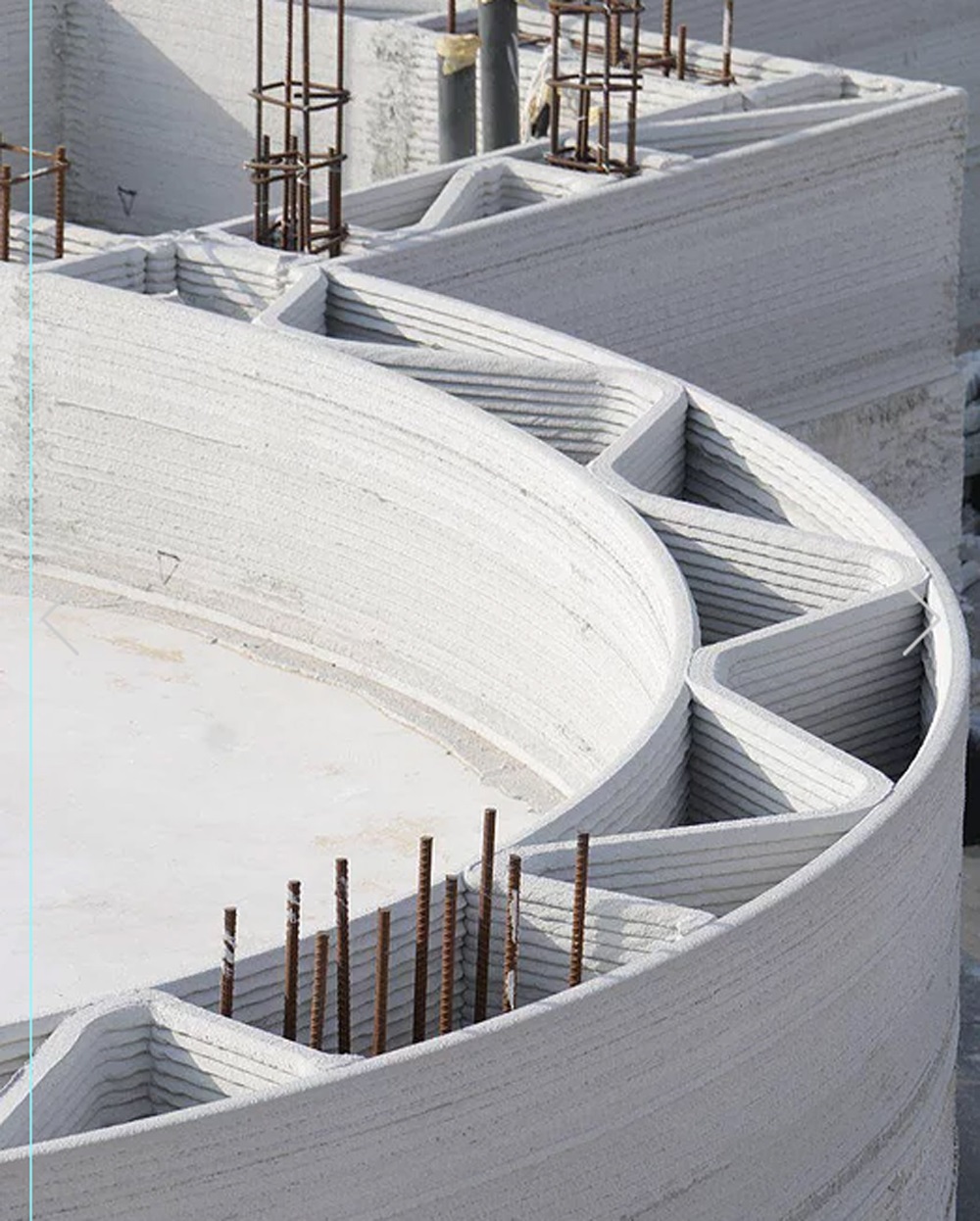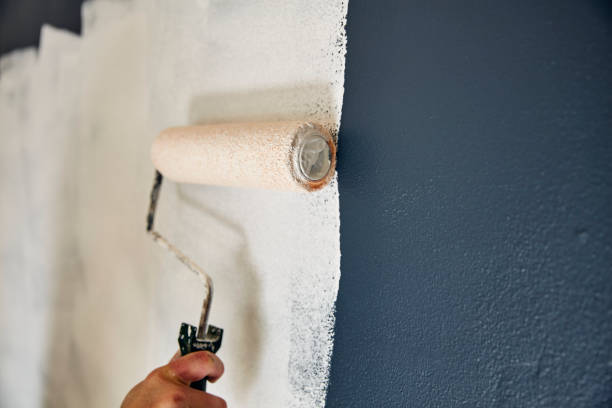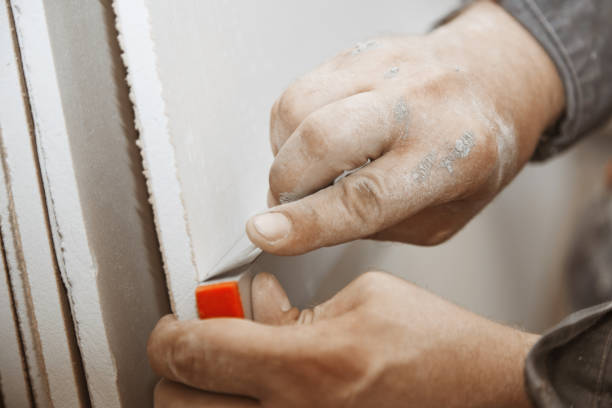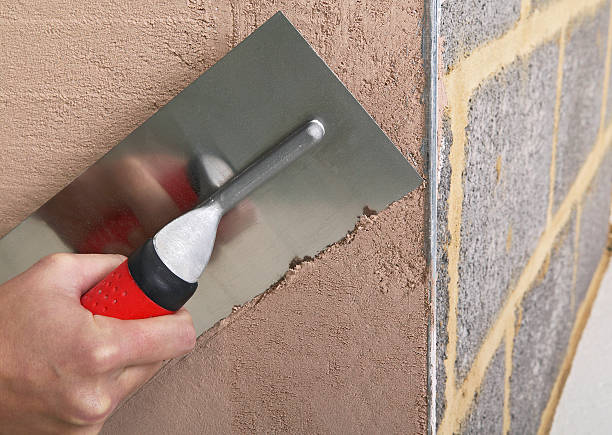3D Printing in Construction
3D printing in construction is a revolutionary technology that has transformed the way structures are built. Also known as additive manufacturing, construction 3D printing uses building-specific materials, such as concrete or cement, to create three-dimensional objects layer by layer from a digital model.
The construction 3D printing process begins with the creation of a digital model using specialized computer-aided design (CAD) software. This digital model is loaded into a construction 3D printer, which uses a nozzle or robotic arm to deposit the building material layer by layer, following the specifications of the digital model.

One of the most prominent advantages of 3D printing in construction is its ability to create complex structures with unique geometries that would be difficult or impossible to achieve with traditional construction methods. This allows for the creation of innovative, customized architectural designs that can meet the specific needs of a project.
In addition, 3D printing in construction offers greater efficiency in terms of time and cost. By eliminating the need for traditional molds and forms, as well as reducing construction waste, 3D printing in construction can speed up the construction process and reduce costs associated with materials and labor.
Another important advantage of 3D printing in construction is its ability to build strong and durable structures. Materials used in construction 3D printing, such as concrete or cement, are specifically formulated to meet construction standards and offer compressive strength and durability suitable for use in the construction of buildings and other structures.
However, there are also some limitations and technical considerations in 3D printing in construction. One is the size of construction 3D printers, which are typically large and require adequate workspace for operation. In addition, the printing speed can be slower compared to other construction methods due to the need to deposit the material layer by layer.
Another technical consideration is the quality of the build material used. It is important to ensure that the material used in 3D printing meets construction standards and is appropriate for the type of structure being built. It is also necessary to take into account the weather resistance and durability of the material over time.
In terms of regulations and standards, 3D printing in construction is constantly evolving and can vary by geographic location and local requirements. It is important to ensure that you comply with all applicable regulations and standards before using 3D printing in construction.





